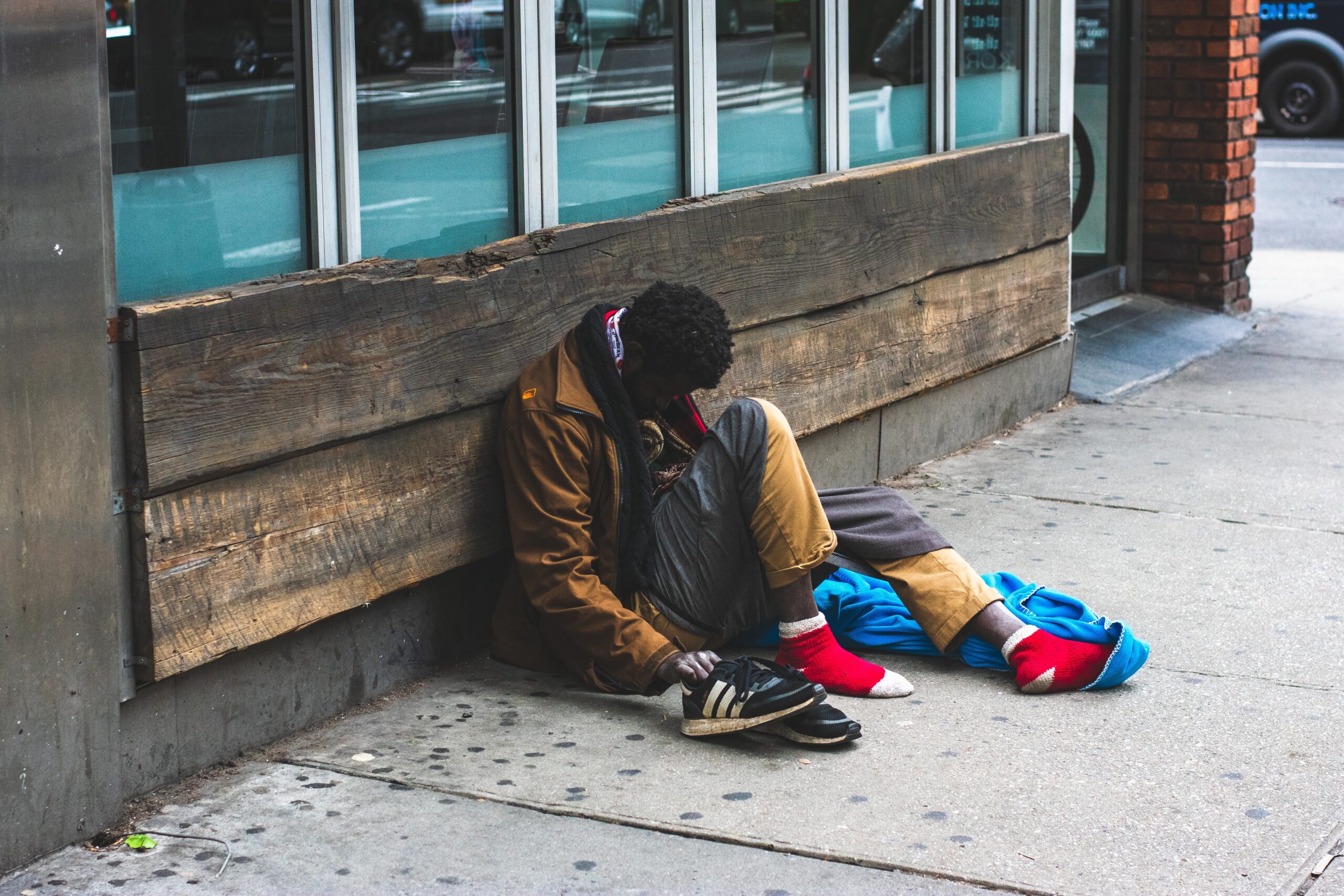The B.C. government is undertaking a first-of-its-kind report on homelessness and Phase 1 found there is an average of 9,300 people experiencing homelessness every month.
On a per-capita basis, the largest homeless populations were in remote and rural areas like Fraser-Fort George, Caribou and Alberni-Clayoquot.
Provincial officials said the Preventing and Reducing Homelessness Integrated Data Project will help target provincial programs and services to improve support for people and help prevent others from becoming homeless.
“If our plan to prevent and address homelessness across the province is to be successful, we’ll need information about where the work needs to be done to get people inside and prevent people from becoming homeless in the first place,” said David Eby, Attorney General and Minister Responsible for Housing.
“The information we’ve gathered since doing a physical provincial homeless count for the first time in 2018 has been very useful in identifying trends and unique demographic information; however, this new anonymized data collected from government systems helps us better figure out the profiles of those who are chronically homeless and what services and supports these folks need to come inside.”
“We’ll be able to transition from reacting to a particular housing crisis, to being able to prevent chronic homelessness in the first place. That’s a big deal, and this information makes it possible.”
Government officials said it’s the first report of its kind in Canada and uses provincial data from 2019.
Previously the province only had homelessness data from community homelessness counts, but these were known to be undercounted.
The new report will allow them to count people experiencing homelessness that were previously difficult to count.
Provincial officials said while the community counts aren’t the full picture, they help identify specific demographics such as gender, age and racial identity.
Community counts were done in 25 communities including Cranbrook, Fort St. John and Smithers.
A full list of communities and the data can be found below.
MORE: Homeless Counts (BC Housing)
The next phase will examine how people use homelessness services.
MORE: Full Preventing and Reducing Homelessness Integrated Data Project (BC government)






